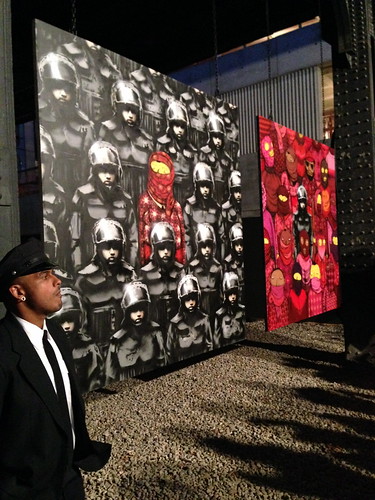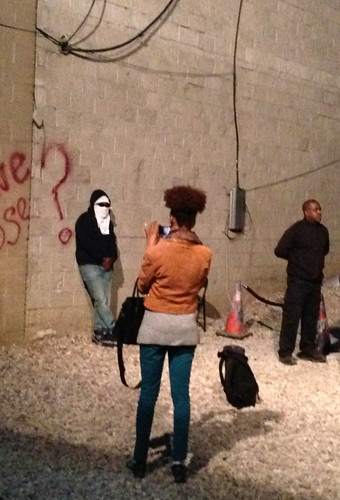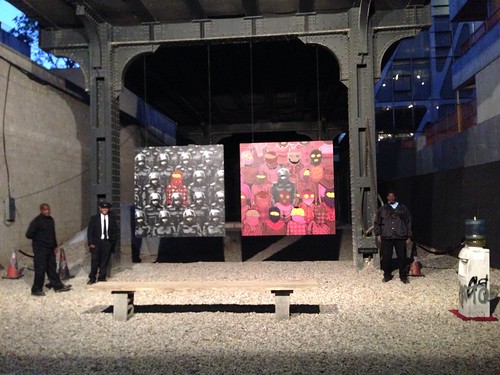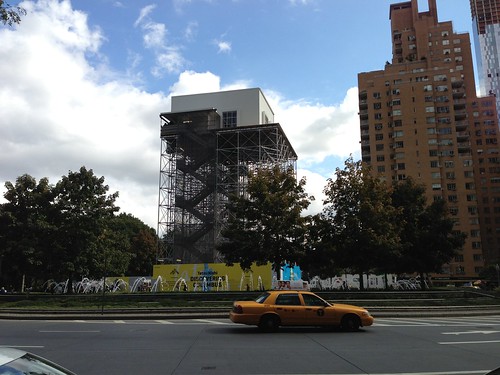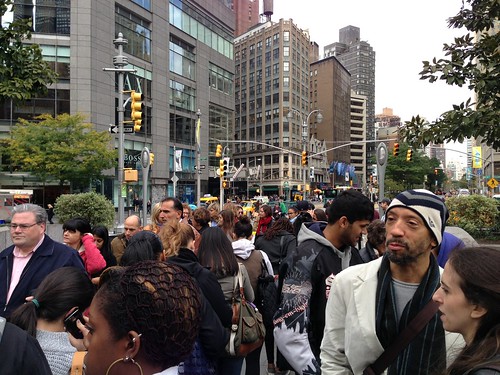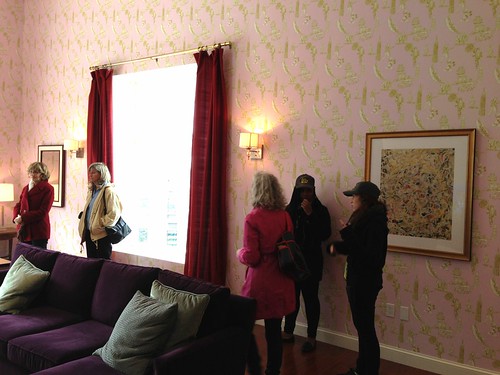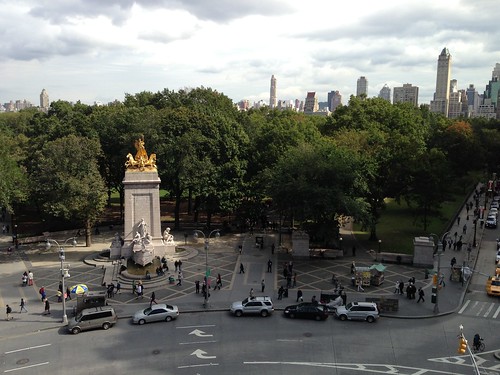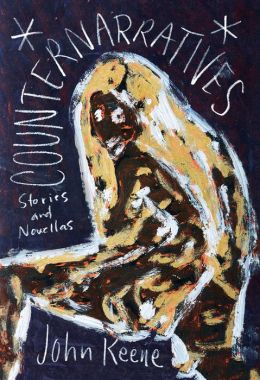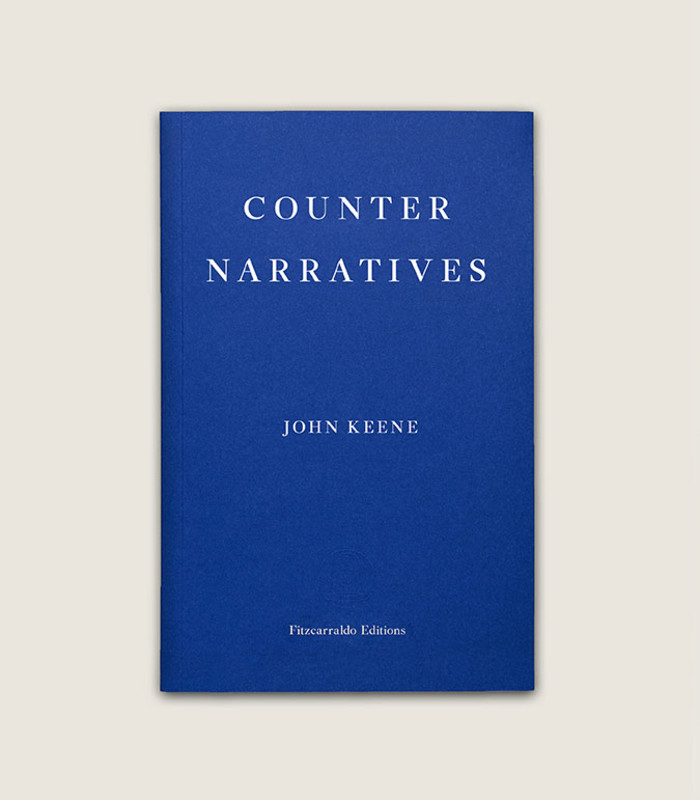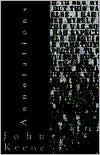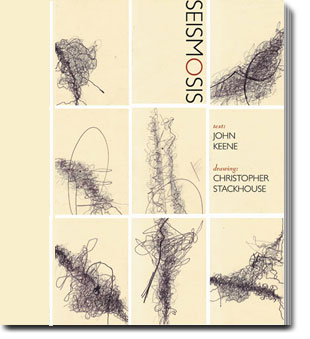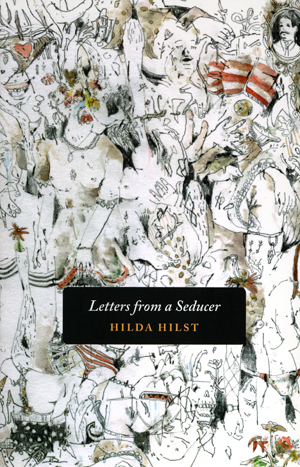 |
| WTC PATH station, with 1 World Trade Center in the background |
Fifteen years in (re-)construction (and it's still not finished), at a cost of $4 billion dollars (and it's still not finished), the main hall of the PATH's new World Trade Center station main's building, designed by starchitect Santiago Calatrava, is on the cusp of opening. But the entire hub is, unaccountably, still not finished. Incomplete or not, it is worth an ogle, and I did so on Tuesday on my way back from an appointment in the city.
The external form of the main hall, or Oculus, retains some aspects of Calatrava's original design, though his plan for a retractable roof, much like bird's wings, gave way to a rigid white steel exoskeleton, with additional security features. Its interior consists of a vast, marble-floored hall surrounded by ribbed arches, as if it were the evacuated belly of some immense white alien. I immediately thought of the movie Prometheus, which seems like a belated influence.
The Oculus mirrors the futuristic ossuary-like maze of corridors, which I have featured in the past in some random photos, that connect the station to other buildings like Brookfield Place and West Street. As I walked around the atrium space and snapped photos, I did not see many people (as the photos make clear), but I suppose they will start arriving once the shops open and the exits at Vesey Street and Church Street open up.
The headline of critic Michael Kimmelman's New York Times critique of the building, linked above, refers to it as a boondoggle. Yet he does initially praise the Oculus's eye-catching space. But he concludes that, given its cost, lack of functionality, and insignificance in the New York-New Jersey public transportation system, this glorified vanity sculpture project represents a failure of multiple kinds, as well as a waste of public funds. (Where did all that money go?)
I know I may sound churlish, but I actually liked the PATH's rough hewn temporary station, which opened not long after the 9/11 attacks. It eventually closed and instead, the site turned into a cardboard-lined warren whose navigability seemed geared to train rats. Given the number of New Yorkers who may find themselves displaced in coming years and undertaking a move to New Jersey, the transit officials probably should do everything they can to ensure that the hub will be able to accommodate as many travelers as possible.
When it will be completed remains a question; the original 5-year-estimate has been exceeded by an order of 3, so perhaps by 2020 or 2025, barring Manhattan being inundated by rising sea water, it will be done. Also, when the connections with the MTA's lines will be open also isn't clear. As confusing as the old WTC station (pre-9/11) was, you could exit the PATH and head directly to the 2, 3, 4, 5, etc., with an array of shops dotting the way. Not today, though. All of that is apparently coming soon.
The station is worth seeing, though, especially before all that white turns gray and then black (which might have been more appropriate given the graveyard and memorial next door), especially if you don't have to travel through the station during rush hour, and it isn't raining or snowing outside. I can say from experience that all that marble flooring is extremely slippery, like a mid-winter lake rink, making it a major hazard, which I imagine someone must have considered before laying down so much of it, but perhaps they didn't. It looks pretty, though, and that appears to be all that matters, whatever the costs.
 |
| Part of the soaring white spine |
 |
| The path past the PATH station to the 9/11 Memorial |
 |
| Approaching the Oculus, from inside the station |
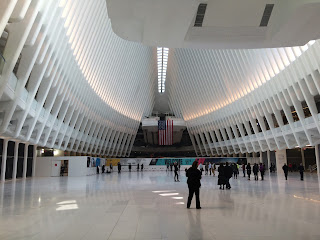 |
| The Oculus, with the skylight visible |
 |
| The skylight |
 |
| Another view |
 |
| Towards the WTC PATH trains |

